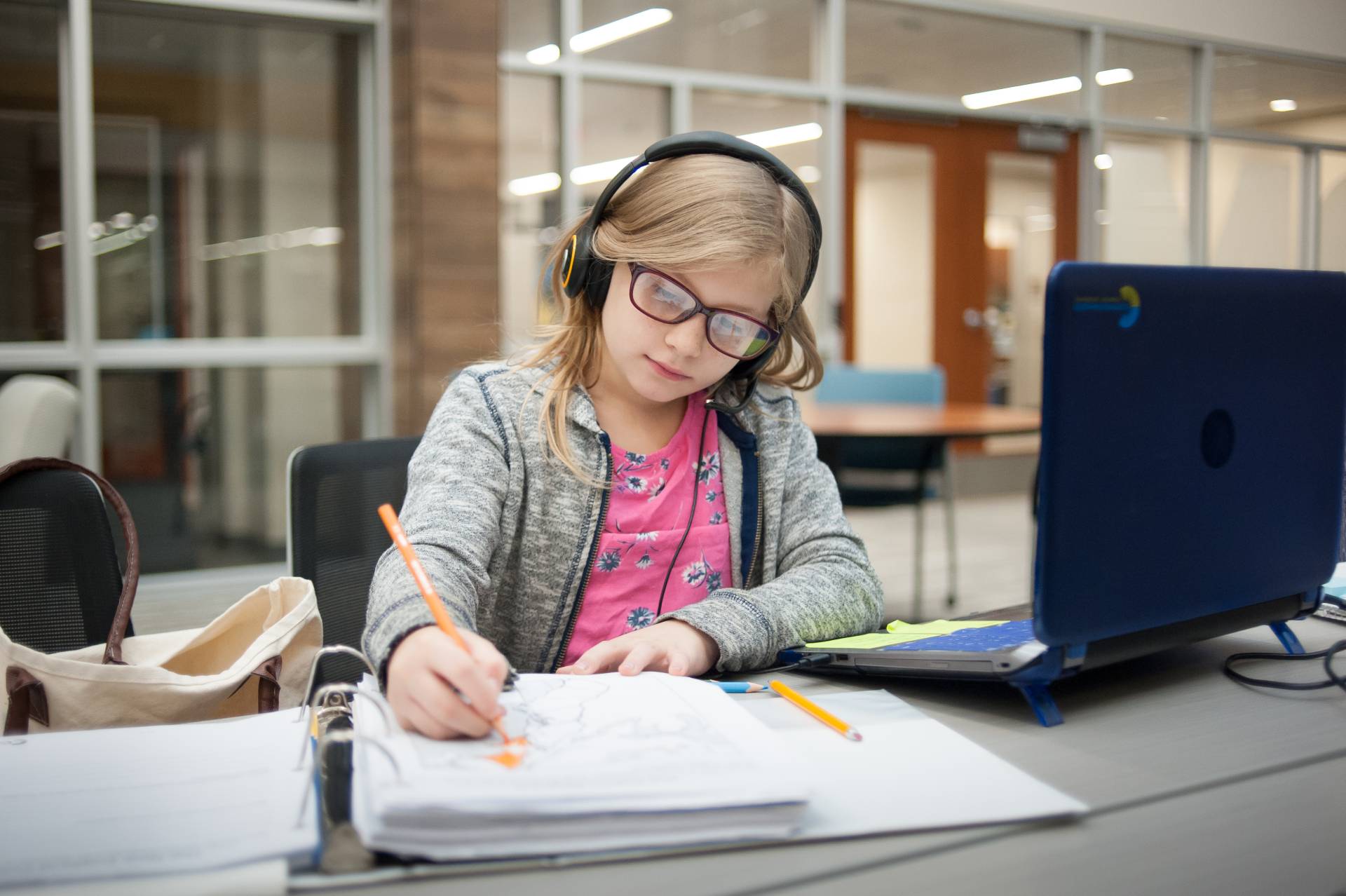2025-2026 School Year Enrollment Now Open. Click Here
2025-2026 School Year Enrollment Now Open. Click Here

As parents discover more about online learning, they keep hearing about synchronous and asynchronous courses. It might seem confusing, but the difference is simple. Synchronous is real-time learning, whether virtual or in person. Asynchronous is learning with a time lag between teacher and student.
Fortunately, cyber schooling offers the best of both. As researchers from Ohio State University have found, online learning with both synchronous and asynchronous courses offers students the opportunity to attend courses from anywhere, communicate regularly with teachers, and network and make connections with classmates.
Naturally, there are advantages and disadvantages to both. Which works for your child? The choice is yours.
When you say two things are “in sync,” it means they are lined up. The phrase comes from the word “synchronous,” which means “occurring at the same time.”
Keep that in mind, and you understand synchronous learning. In synchronous courses, everyone is engaged at the same time. A teacher teaches. A class full of students is listening and hearing the same thing at the same time. In online learning, it’s really no different than a traditional classroom setting. The teacher and all the students are spread across remote settings, but they are sharing a common experience.
The advantages of synchronous learning are well known:
Asynchronous learning is the opposite of synchronous learning. Instructors might be teaching in a recorded class or webinar. Students log in and learn according to their own schedules, typically being given a certain time frame for completing their learning activities and assignments.
As online learning gains momentum, many families have seized the advantages of asynchronous courses.
Children need stimulation and engagement on their way to learning and growth. Cyber school taps into their enthusiasm and delivers learning customized to their interests, skills and educational needs.
Online learners who take synchronous courses are immersed in vibrant atmospheres, interacting with teachers and classmates in real time. If asynchronous learning is a better fit, students can catch up on those lessons at a more convenient time but still have access to teachers for personalized guidance and answers.
Through it all, students are engaged in hands-on projects and experiences that enrich their learning. At CCA, for instance, hundreds of field trips every year offer opportunities to see classroom lessons come to life in outdoor adventures, historic sites and museums.
Through the personalized approach of online schooling, children take greater responsibility over their own learning and drive their own educational growth.
Old ideas of how learning should work linger. Those are the ones where kids sit down at a desk, crack open a book and listen while a teacher talks. That style of learning doesn’t excite children, and it doesn’t generate much enthusiasm among teachers, either.
The course flexibility of online learning makes all the difference. Meticulous attention to the distinct needs of individual students augments a rigorous curriculum. Personalized education programs, such as those delivered by CCA, mean targeted, engaging courses that flex with learners. State-certified teachers trained in best practices for online learning work with families to customize learning that meets the varied interests, skills and needs of their students.
Technology allows teachers to break from old-style rote learning to offer whole-group, small-group and one-on-one guidance. They can offer support through written feedback, real-time class sessions, variations in lessons to reach students with different learning styles and choices in how assignments are completed. They keep up a constant stream of communications by any means necessary — online, phone, email, text and chat, making sure students have what they need to succeed.
The flexibility of online learning comes, in large part, from the option to choose synchronous or asynchronous learning, or both. There is no right or wrong choice. The decision is based on the unique needs of your child and family. Whether you choose a synchronous or asynchronous approach, you can turn to CCA for customized education that suits your child’s learning style. Contact CCA today to learn more about our course offerings and flexible learning programs.
2025-2026 School Year Enrollment Now Open. Click Here